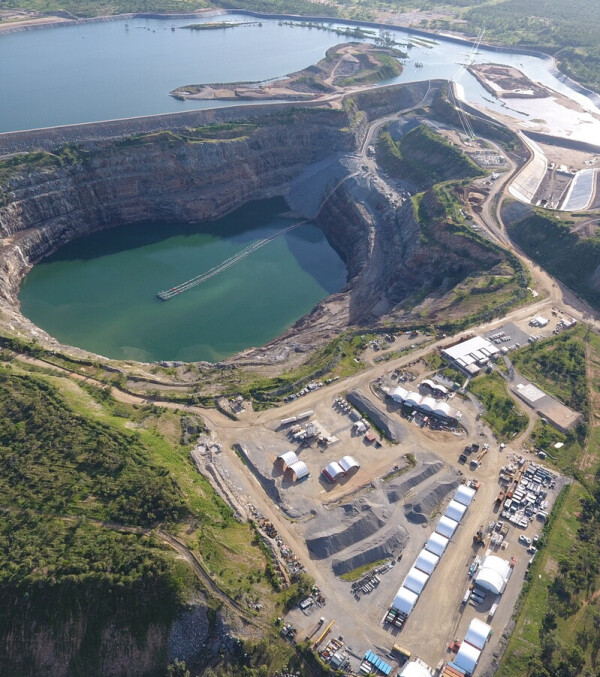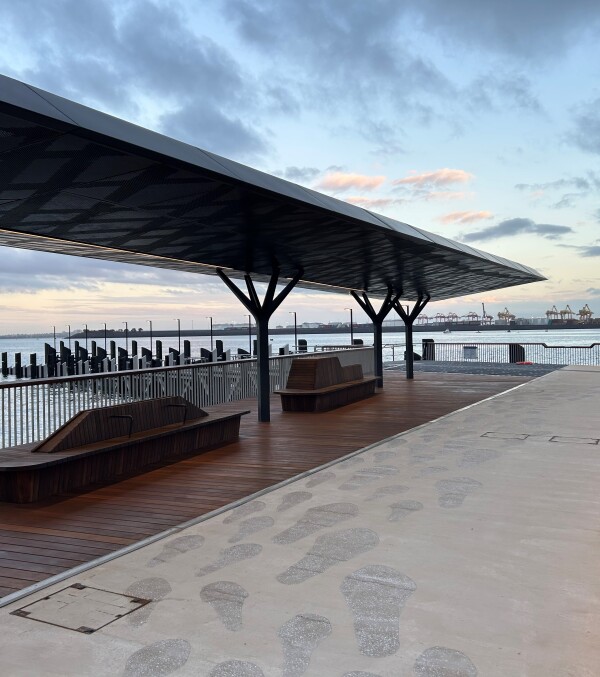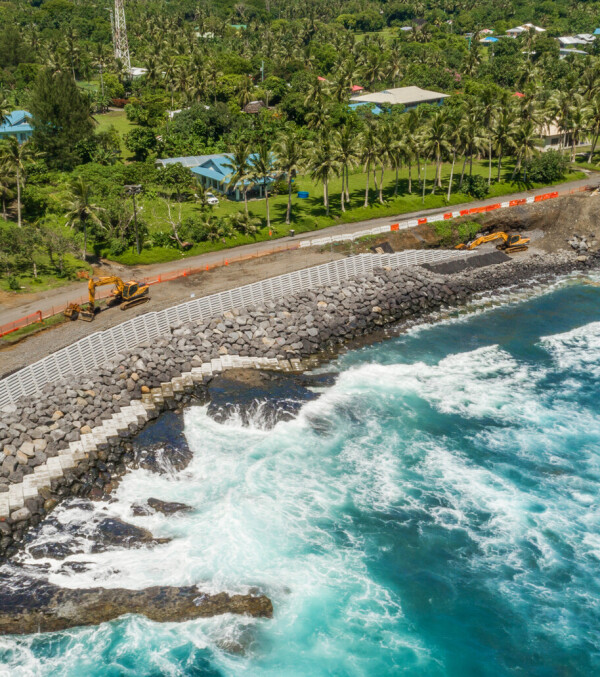|
Customer: Auckland Council Healthy Waters Contract: Design & Construct Location: Downtown, Port of Auckland |
Fast Facts
|
We delivered the first inverted siphon of its size in Auckland, and we believe it is the largest in the Southern Hemisphere.
This unique deep-tunnelling inverted siphon solution was constructed for Auckland Council Healthy Waters as part of their flood resilience program. We delivered it with an excellent safety record and within budget.
The project involved constructing a new stormwater pipeline across Quay Street and under the Ports of Auckland to improve capacity and help prevent flooding. New infrastructure had been built upstream in the network, so the new culvert would also provide an alternate outfall for these flows. Once the new outfall was operational, the team could assess and repair the existing stormwater pipe.
The design challenge was to install a new pipeline in a dense urban environment, adjacent to a major arterial, the main trunk rail line, and across the Port's rail lines and high-risk operational areas. It was also critical that disruption to the multiple stakeholders involved, including mana whenua land owners, local businesses and the port, could be minimised.
The logical choice was tunnelling, but investigations identified challenging ground conditions and a high water table. The area was reclaimed land, including low-strength hydraulic fill and the remains of old basalt retaining walls, making it a risk to tunnel through.
To address these and other challenges, McConnell Dowell, in collaboration with designer GHD, developed the innovative inverted siphon solution. The design enabled the team to use a slurry TBM to tunnel a deeper alignment, up to 20 metres, beneath risks such as utility services and poor ground conditions. Two shafts would provide access and egress for the TBM and were designed to occupy the smallest area possible.
The Inlet shaft was designed to fit within the small triangle of land available, bordered by Quay Street, the North Island Main Trunk Rail Line and a Mobil Station. This clever configuration kept traffic management to a minimum, with a simple shoulder closure, rather than a lane closure along Quay Street, a busy arterial access road.
The piled outlet shaft was also designed to save space, and the TBM was dismantled into two sections so it could be lifted out of the shaft after tunnelling. Both shafts were secant piled to provide an effective seal from groundwater and the adjacent harbour.
In addition to the tunnelled section that connected the two shafts, there was a 25-metre-long, five-metre-deep trenched section to connect the outlet shaft with the outfall and the Waitematā Harbour
The team faced unforeseen challenges: adverse weather conditions, flooding over Auckland Anniversary Weekend and during Cyclone Gabrielle, as well as the collapse of the Orakei Sewer Main. The damaged pipeline released wastewater into the stormwater system and the culvert where the team were working. The wastewater posed a significant health and safety risk to the workers connecting to the existing network, but the risk was well managed with immunisations, specialised PPE and hygiene stations.
Collaboration and good communication within the ECI team were how the team came up with such clever solutions to the project's issues and a major reason for the project's success. Early engagement with stakeholders also meant they could identify risks, streamline planning, and minimise disruption.
The new three-metre diameter, 270-metre long stormwater pipeline was installed using trenchless tunnelling methods safely and efficiently. The pipeline alignment was difficult, with a maximum depth of 20 metres, but the new culvert was installed with a precise 0.5% slope. Combining the deep culvert alignment with the inverted siphon was an ingenious way to solve the project's many risks.
If you want to see creative construction, tunnelling underway in a busy downtown environment, people working in confined spaces and an operational port.












